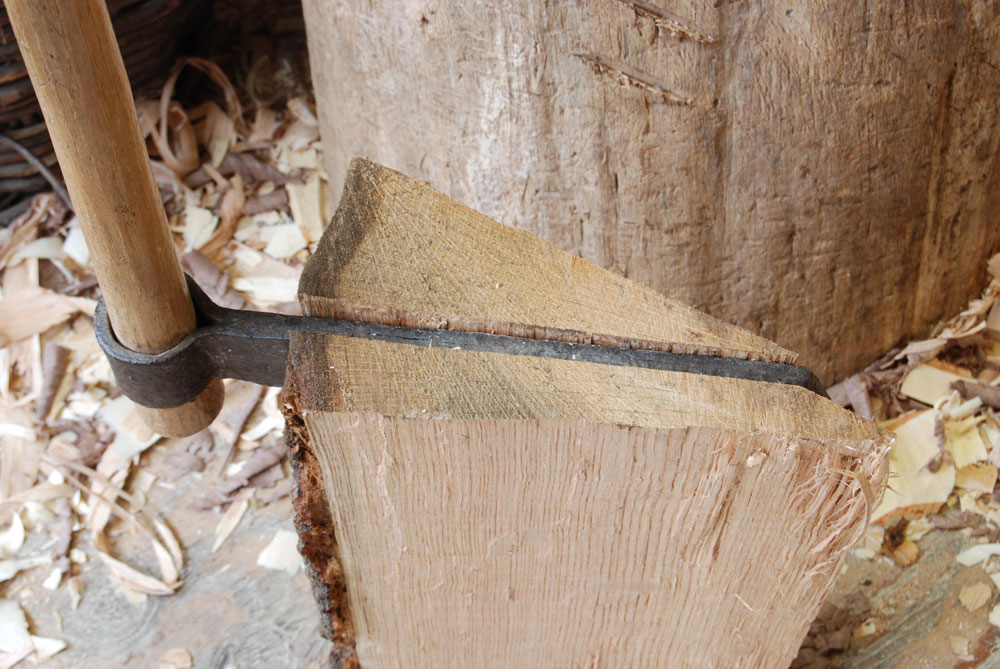Hi all, new on here and just looking for a little advice.
I want to make a bread/cheese board for some friends as a personal present.
I aw Ray Mears so this on an episode but cannot find it anywhere now so thought here would be a good place to ask for some advice.
Basically I was going to split a log into a small plank (maybe 14" length, 8" width, 1-2" thick)
I'm planning on engraving it with a wood engraver.
That's where I hit a problem, I'm not sure how I should treat the wood to make it suitable/safe to use as a bread or cheese board...
Also does anyone actually have any tips for making a board such as this? I mean the splitting of the log sounds simple enough but I'm starting to think my original plan of just using log wedges might not be the best? Any advice on that front?
To be honest, if anyone has any advice on making a bread/cheese board or knows of a website with step by step plans that would be amazing.
Thanks for any help
Richard
I want to make a bread/cheese board for some friends as a personal present.
I aw Ray Mears so this on an episode but cannot find it anywhere now so thought here would be a good place to ask for some advice.
Basically I was going to split a log into a small plank (maybe 14" length, 8" width, 1-2" thick)
I'm planning on engraving it with a wood engraver.
That's where I hit a problem, I'm not sure how I should treat the wood to make it suitable/safe to use as a bread or cheese board...
Also does anyone actually have any tips for making a board such as this? I mean the splitting of the log sounds simple enough but I'm starting to think my original plan of just using log wedges might not be the best? Any advice on that front?
To be honest, if anyone has any advice on making a bread/cheese board or knows of a website with step by step plans that would be amazing.
Thanks for any help
Richard



![quarter-sawn[1].jpg quarter-sawn[1].jpg](https://cdn.imagearchive.com/ukworkshop/data/attach/6/6560-quarter-sawn-1-.jpg)
![quarter-sawn[1].jpg](https://cdn.imagearchive.com/ukworkshop/data/attachments/6/6560-5a498149a12724c34d62e14b0bbc643c.jpg)






























